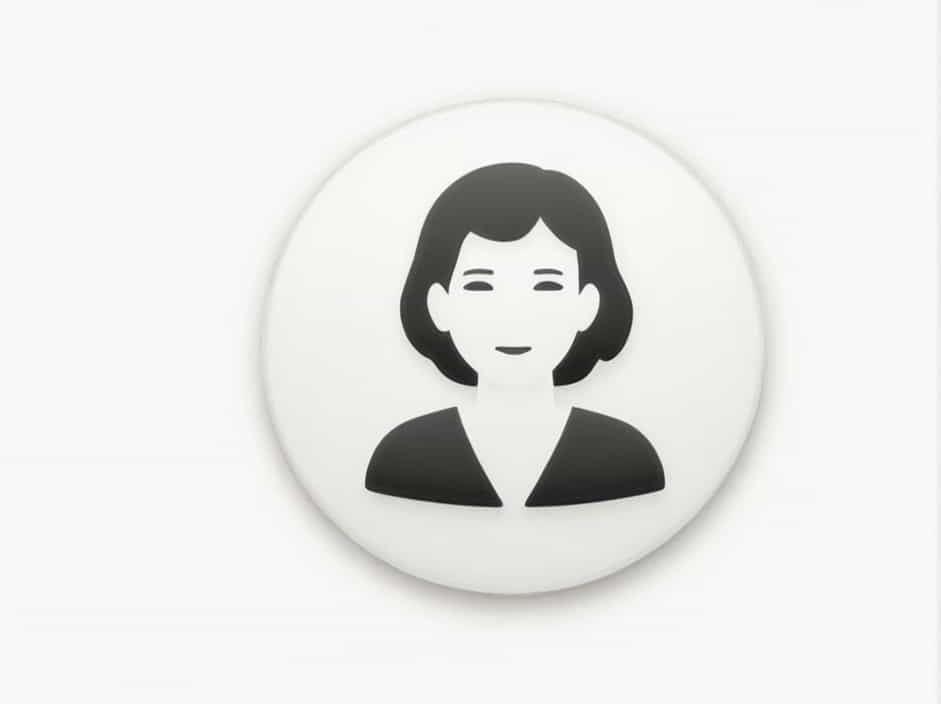Valli found the woman absolutely repulsive. From the moment she laid eyes on her, a strong sense of disgust filled her mind. But why? What made this woman so unappealing in Valli’s eyes? Was it her appearance, her behavior, or something deeper hidden within Valli’s own thoughts?
Judgment and perception play a significant role in how we view others. Sometimes, our opinions are based on personal biases, past experiences, or societal influences. This topic explores the concept of repulsion, why people judge others harshly, and how one’s perception can be transformed over time.
Understanding Repulsion: Why Do We Find Others Unappealing?
1. The Psychology Behind Repulsion
Repulsion is a strong emotional reaction that can be triggered by:
- Physical Appearance: Unconventional looks or poor hygiene can evoke feelings of discomfort.
- Behavior and Attitude: Arrogance, rudeness, or dishonesty can push people away.
- Cultural and Social Differences: Unfamiliar customs or beliefs might seem strange or unsettling.
- Personal Trauma or Experiences: Negative past encounters can create lasting aversions.
In Valli’s case, her disgust towards the woman might have stemmed from a combination of these factors. But was her reaction justified, or was it based on prejudice?
2. How Society Shapes Our Views
Society often dictates what is considered attractive, acceptable, or repulsive. From childhood, people are exposed to beauty standards, cultural expectations, and moral values that shape their judgments.
- Media Influence: Movies and advertisements often portray certain traits as good or bad.
- Family Upbringing: Parents and elders pass down their beliefs about people and behavior.
- Peer Pressure: Friends and social circles influence what we like or dislike.
Valli’s reaction to the woman may have been influenced by preconceived notions rather than reality.
The Encounter: What Made Valli Feel This Way?
1. First Impressions Matter
The moment Valli saw the woman, she felt a deep sense of repulsion. Was it the way the woman dressed? The way she spoke? Or was it simply an unexplainable gut feeling?
First impressions often shape our interactions. Research suggests that people form judgments about others within seconds of meeting them. However, these initial reactions are not always accurate.
2. Unraveling the Truth
As time passed, Valli began to observe the woman more closely. She noticed things she hadn’t paid attention to before:
- The woman’s tired eyes, suggesting a difficult past.
- The way she smiled, despite the judgment she faced.
- Her kindness towards others, even when they ignored her.
Could it be that Valli’s repulsion was misplaced? Perhaps she was judging too quickly, failing to see the person behind the appearance.
How to Overcome Harsh Judgments
1. Recognizing Biases
The first step in changing perception is recognizing personal biases. Everyone has unconscious prejudices, but self-awareness helps in overcoming them.
To challenge negative judgments, ask yourself:
- Why do I feel this way about this person?
- Is my opinion based on facts or assumptions?
- Would I feel differently if I knew their story?
Being honest with oneself leads to personal growth and better understanding of others.
2. Practicing Empathy
Empathy allows us to see beyond surface-level impressions. Instead of judging, try to understand what a person might be going through.
- Put Yourself in Their Shoes: Imagine experiencing life from their perspective.
- Listen Without Prejudice: Sometimes, a simple conversation can change an entire opinion.
- Acknowledge Their Humanity: Everyone has struggles, insecurities, and emotions.
For Valli, practicing empathy could shift her perspective on the woman she once found repulsive.
3. Changing the Narrative
Rather than labeling someone as ‘repulsive’, try to see them in a different light. A change in mindset can turn negative perceptions into neutral or even positive ones.
- Instead of ‘She is disgusting,’ think ‘She has her own story.’
- Instead of ‘I can’t stand her,’ consider ‘Maybe there’s more to her than I realize.’
Words and thoughts shape reality. By altering our internal dialogue, we can change the way we see others.
Valli’s Transformation: A Lesson in Perception
1. Realizing the Mistake
As days passed, Valli began to question her initial feelings. She started to see the woman beyond her physical appearance and mannerisms. The woman was not repulsive-she was simply different.
Valli realized that her negative reaction had nothing to do with the woman herself, but rather with her own conditioned mindset. This was a powerful realization.
2. Choosing to See the Good
One day, Valli decided to talk to the woman. She listened to her story, her struggles, and her triumphs. In that moment, something shifted. The repulsion turned into curiosity, and curiosity turned into respect.
She learned that the woman had overcome immense hardship, yet remained kind and hopeful. Valli’s entire perception changed with a single conversation.
The Power of Perspective
Valli found the woman absolutely repulsive-at first. But through observation, self-reflection, and empathy, she realized that her judgment was flawed.
This story serves as a reminder that:
- First impressions are not always accurate.
- Personal biases can cloud our judgment.
- Empathy allows us to see people for who they truly are.
Instead of judging people harshly, take the time to understand them. Everyone has a story, and sometimes, all it takes is a shift in perspective to see the beauty in others.
